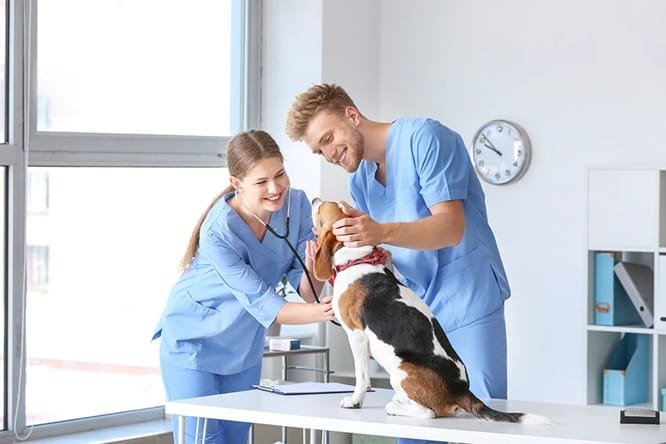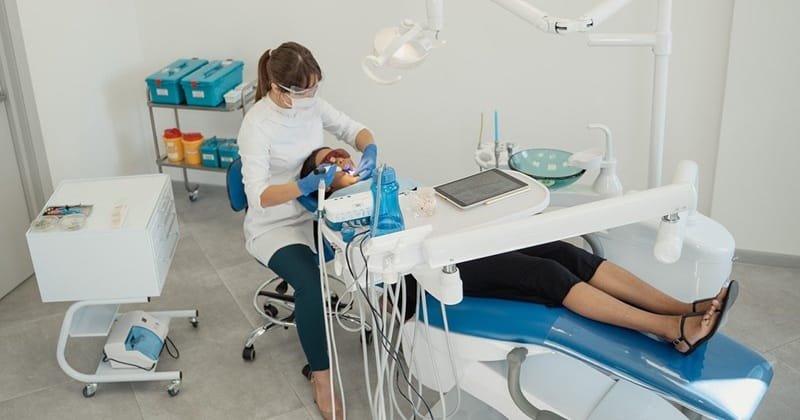Visiting the vet can be daunting for pets. You want to ease this stress and ensure their comfort. Anxiety isn’t just tough on them; it can affect their health too. When you’re preparing for a visit to a veterinarian in Central Boise, it’s crucial to make the experience as smooth as possible. Pets often pick up on your emotions, so your calm demeanor can go a long way. To help reduce your pet’s anxiety, consider these six straightforward tips. They aren’t complicated, but they can make a real difference. The goal is to transform the visit into a positive routine rather than a fearful ordeal. Being prepared and empathetic will help you navigate this experience with confidence. By taking small yet impactful steps, you can support your pet’s well-being and make their next vet visit less stressful. Let’s explore these practical solutions and bring peace to your furry friend’s health checkups.
Tip 1: Familiarization with the Carrier
Your pet’s carrier should feel like a safe place. Allow your pet to explore it at their own pace. Keep the door open and place a favorite toy or blanket inside. By doing this, you’re helping them associate the carrier with comfort and safety. This familiarity reduces stress during transport. The more time they spend in the carrier without pressure, the better their experience will be during trips.
Tip 2: Practice Short Car Rides
Pets often associate car rides with vet visits, which can increase anxiety. To change this, take your pet on short trips that end in positive experiences. A quick drive around the block, followed by playtime or a treat, can shift their perspective. These short rides teach them that not all car journeys lead to the vet. Consistent practice can make longer trips less stressful.
Tip 3: Stay Calm and Positive
Your pet senses your emotions. If you remain calm and positive, your pet will feel more at ease. Speak to them in a soothing voice and offer reassurance. Avoid rushing; make time for gentle encouragement. This approach helps reduce your pet’s anxiety and builds trust between you two.
Tip 4: Use Calming Products
Calming products such as pheromone sprays or collars can aid in reducing anxiety. These products simulate natural comforting scents, creating a soothing environment for your pet. Always consult with your vet before trying new products. According to the
Tip 5: Plan the Visit Timing
Schedule your vet visit at a time when your pet is usually relaxed. Avoid times when the clinic is likely busy. A quiet environment can help ease your pet’s nerves. Ask the clinic staff when they expect fewer patients. They can often accommodate your pet’s needs for a calmer visit.
Tip 6: Reward and Praise
After the vet visit, reward your pet with praise and a treat. This positive reinforcement helps them associate the vet with something good. Consistent rewards create a positive cycle, reducing anxiety over time. Encouraging their bravery with a reward reinforces their trust in you and the vet process.
Comparison of Pre-Visit Strategies
| Strategy | Benefits | Ease of Implementation |
|---|---|---|
| Familiarization with the Carrier | Reduces stress, promotes safety | Easy |
| Short Car Rides | Changes perception of travel | Moderate |
| Calming Products | Soothes anxiety | Easy with vet consultation |
| Visit Timing | Avoids busy times, minimizes stress | Moderate |
Implementing these tips can significantly reduce your pet’s anxiety before a veterinary visit. Each step, though small, contributes to a smoother experience for your furry friend. Your support and preparation can turn a stressful event into a manageable routine. By practicing these strategies, you help ensure your pet’s visits are calmer and more positive. For more information, consider visiting the American Veterinary Medical Association.



